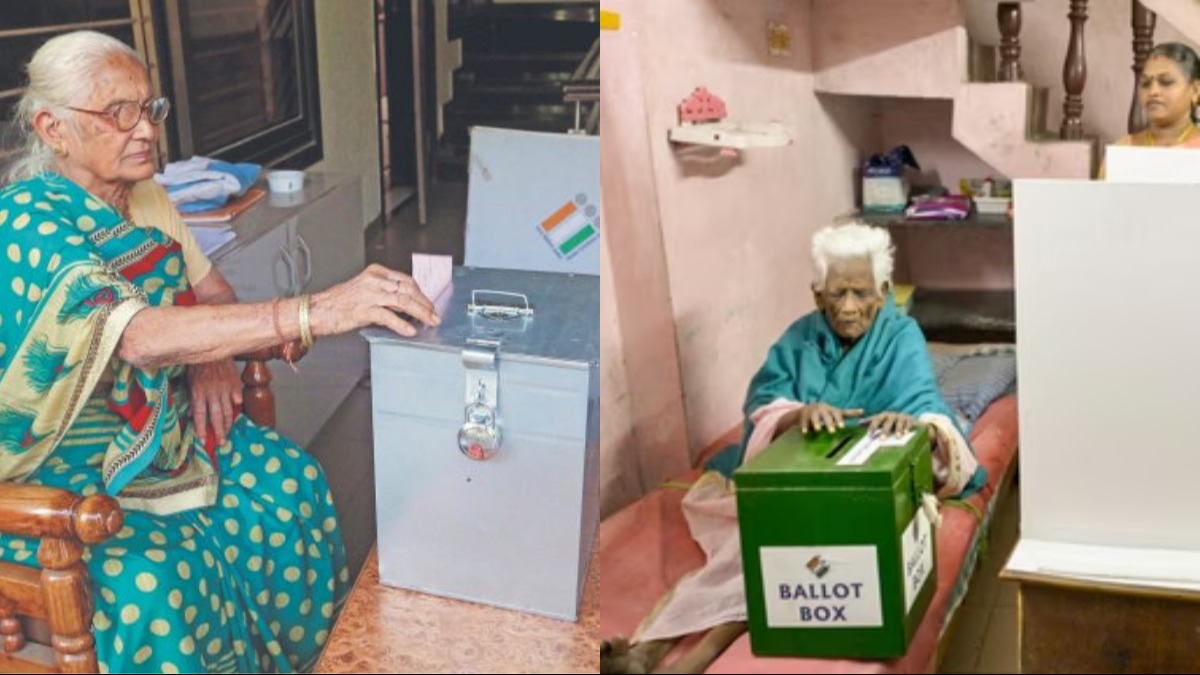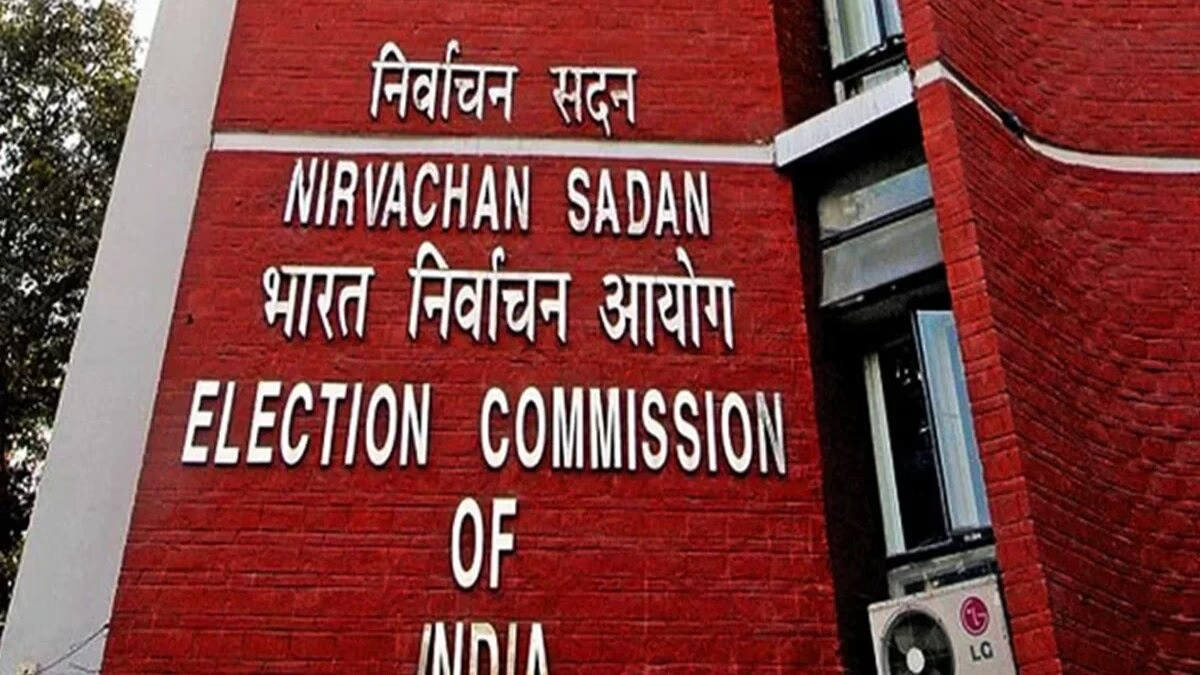The commencement of postal ballot voting for the Lok Sabha elections marks a significant milestone in India's democratic process. As per the directives of the Election Commission, this facility has been made available not only to a select group of government officials but also to the disabled and voters aged over 85. Election workers are identifying eligible voters across the country, visiting their homes to facilitate voting through postal ballots.
The Election Commission of India strives to maximize voter participation. However, senior citizens and many disabled voters are unable to reach polling stations. For them, voting through postal ballots has been arranged, ensuring even those far from their hometowns, the elderly, and the disabled who are unable to visit polling booths can cast their votes.
Until now, citizens over 80 were eligible for this service. But before announcing the Lok Sabha and four state assembly elections, the Election Commission amended the Conduct of Election Rules 1961 to lower the eligibility age for postal ballot voting from 80 to 85 years. According to the latest voter list, there are 1.85 crores voters over the age of 80 in the country, with 238 thousand voters aged 100 or above.
It's worth noting that as per rule 27A of the election conduct rules, postal ballots are provided for senior citizens, the disabled, election duty staff, and military personnel. The decision to increase the age limit for senior citizen voters from 80 to 85 years was made considering voting patterns observed in the last 11 assembly elections, where 97-98% of voters aged over 80 preferred to vote at polling stations rather than by postal ballot.
What is a Postal Ballot, and How Does It Work?
The Election Commission determines who is eligible for postal ballot voting. In India, this right extends to citizens over 85, the disabled, and military personnel. Eligible voters must register on the Election Commission's website, providing necessary details including address. These voters then receive a special printed paper ballot known as the postal ballot.
A voter marks their choice by stamping the symbol of their preferred party. Election workers then seal the ballot in a box, known as the ballot box, which is stored in a secure strong room within the local district until the counting day. Counting begins with these postal ballots before moving on to the Electronic Voting Machines (EVM). The Lok Sabha elections are to be conducted in seven phases on the 19th and 25th of April, and the 7th, 13th, 20th, and 25th of May, with the 1st of June. Results will be declared on the 4th of June.




